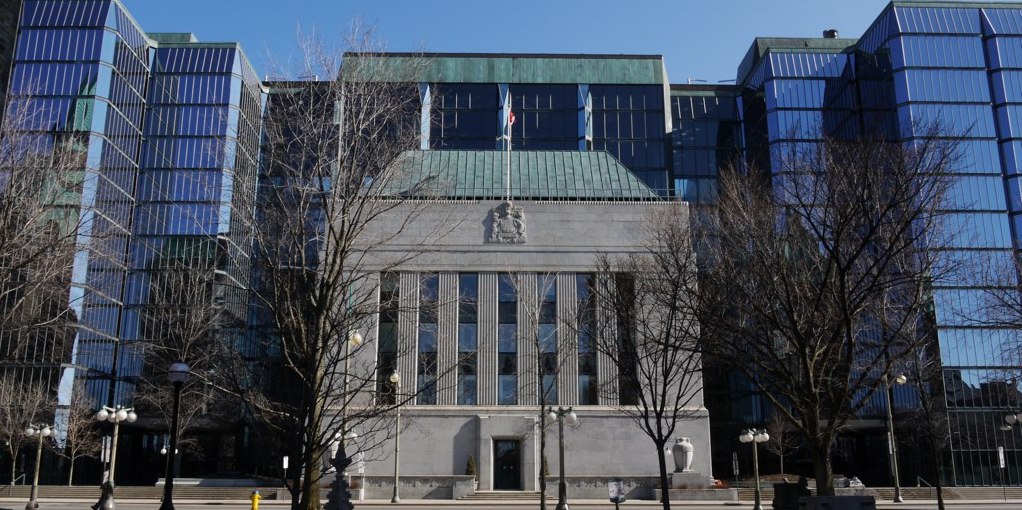
The bar to borrow in Canada is on the rise again, as the Bank of Canada hiked its conventional five-year mortgage rate on May 10, to 5.3% It’s the fifth time in the space of a year the BoC has increased this rate, from 4.64% in May 2017.
A combination of tighter monetary policy and a sell-off in bond yields are to blame for the upward movement, which comes as Canada’s big six consumer banks each hiked their own posted fixed rates between April and May. And, as the BoC itself is following an upward trend with its Overnight Lending Rate, borrowing costs are heading higher for both fixed- and variable-rate consumers.
It also spells tougher times for those being stress tested under Guideline B-20; those applying for new mortgages, refinancing, or renewing their term with a different lender, must now – at a minimum – factor an additional 20 basis points into their qualification.
And, while steeper stress test requirements will put the squeeze on buyers at all levels of the housing market, first-timers are most likely to be impacted, says CanWise Financial President James Laird.
“The change in the Bank of Canada five-year benchmark rate not only means Canadians will pay more per month for their mortgage, it also means the amount Canadians can qualify for has diminished,” he stated. “This increase will put pressure on first-time buyers who are the most financially strained Canadians entering the housing market.”
It’s also unlikely heating rates will cool back down this year; the improving economic picture stoking the Bank of Canada’s Overnight Lending Rate is also putting upward pressure on five- year government bond yields, which recently hit a six-year high, at 2.2%. With at least one more BoC rate hike to come in 2018, costs will only rise for borrowers as lenders protect their spreads.
With a higher rate environment firmly on the horizon, how can mortgage professionals guide
their clients to savings?
1. It’s all About Adjusting Expectations
After B-20, which chops roughly 20% from the average budget, came into effect on January 1, 2018, prospective home buyers have been warned to downsize their purchasing ambitions. That’s not looking to change in the medium term, as stress-tested borrowers will now need to contend with generally higher interest rates now and upon renewal.
While borrowers who stick with the same lender upon renewal generally are not stress tested, should current economic trends continue, they may need to tack on an additional percent or more in five-years’ time; according to Laird, today’s rates discounted rates are roughly three quarters of a point higher than in 2017 in the high 3’s, and continue to increase five to 10 basis points weekly.
2. Have Down Payment Flexibility
While higher rates have helped the housing market retreat from the pressure-cooker conditions that defined the first half of 2017, bidding wars are still alive and well in Canada’s hottest markets, especially for houses for sale in Toronto. In fact, the market is heating up again across the Greater Golden Horseshoe, with demand growing for Peel, Durham, and Hamilton houses.
In high-pressure situations, some buyers can get carried away with their offers, and run into issues at the appraisal stage when the lender’s assessment of the home falls short of the sale price. Borrowers making high, firm offers should have additional cash funds on hand to make up any financing shortfall should this occur.
3. A New Refinancing Reality
Those refinancing their existing mortgage may also be in for a rude awakening, as they’ll need to pay more interest to carry their new debt than before. As well, they may qualify for less than they expect, as they’ll also be stress tested under Guideline B-20. It’s important for borrowers looking to move money around to factor higher borrowing costs into their monthly debt servicing budget when determining whether a refinance is the best course of action for their financial plan.


